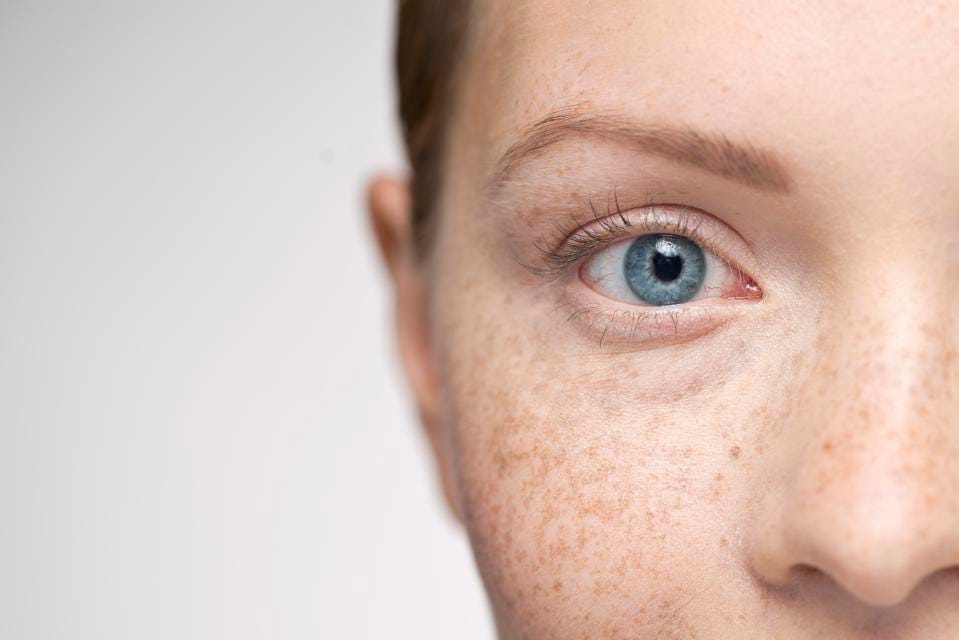MELASMA

Melasma is a skin disorder that can cause hyperpigmentation in patches and spots, typically on the face, resulting in a darker skin tone than the natural color. Although prevalent, it can be misidentified as another skin ailment. Treatments such as creams can help fade the discoloration, but treatments cannot make melasma go away forever. This skin condition can come back. It’s common for melasma to return when you spend time outdoors without protecting your skin from the sun. Our Board-Certified dermatologists possess the knowledge and skills necessary to provide a precise diagnosis and personalized treatment regimen.
Utah Valley Deramatology offers several treatment options to help reduce the appearance of Melasm:
SCHEDULE A CONSULTATION
If you’re thinking about next steps, get in touch to schedule a consultation.


